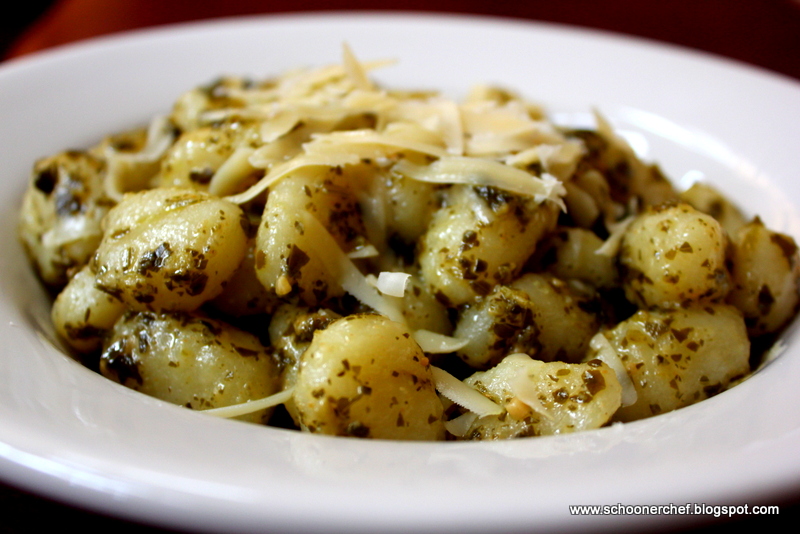 FIRST RISE
FIRST RISE
Starter Ingredients
3/4 tsp active dry yeast(1/3 envelope) 1/3 cup warm water 1/3 cup bread or all-purpose flour The day before baking; mix the starter ingredients, dissolving the yeast in the water first. You want a thick paste when you add the flour. Cover bowl with a clean piece of cloth and let sit at room temperature for 8 to 12 hour or 24 hours in the icebox. Dough Ingredients 4-1/2 tsp active dry yeast 1-1/2 cups warm water 1/2 batch starter 1 Tbsp salt 4 to 5 cups bread or all-purpose flour
Dissolve yeast in 3 tablespoons of water in a large mixing bowl. When the mixture is foamy (5 to 10 minutes)add the remaining water, and the 1/2 batch of starter.
Mix well with your fingers or a wooden spoon. Stir in salt and flour, 1 cup at a time. You want to get a dough that is stiff enough to knead but not dry. Turn dough onto a lightly floured work surface and knead until smooth and elastic 20 minutes , adding flour as necessary. The dough should be pliable and not sticky. Transfer to a lightly oiled bowl, cover and let rise in a warm, draft-free spot until it doubles in bulk, about 45 minutes. Punch down, let rise again. When doubled in bulk, punch down and form loaves To form the loaves, divide the dough in 4 pieces. Roll out each to form a 18-inch long tube, place formed dough into a bakers cloth. or a floured linen towel to rise. when doubled in bulk transfer,carefully, to a baking sheet that has been dusted with corn meal. Make slashes along the top and place in a hot oven.
I cook on a huge cast iron stove, so I am able to toss in a cup of water and create steam. You can imitate this by placing a pan in the bottom of your oven and filling it with stones, These will get very hot and help generate the steam needed for a crusty loaf of bread.
|

















